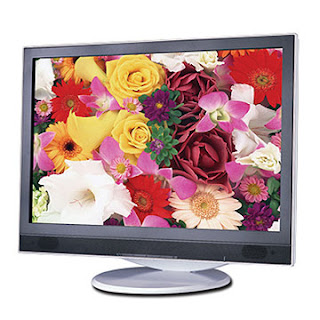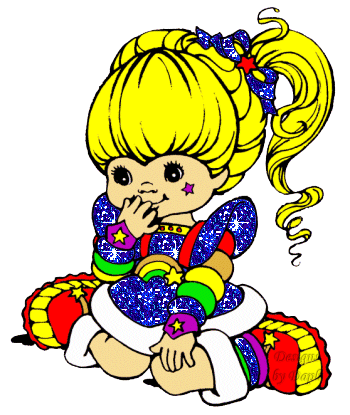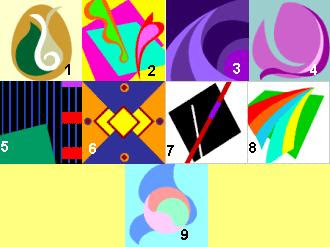The customs of Iran can be divided into pre-Islamic and Islamic customs. Pre-Islamic customs, rooted in the traditions of the Zoroastrians of the Sassanian period, include the night of Yalda (shebe yalda), New Year (Noruz), the night before the last Wednesday of the year (charshanbe suri), the thirteenth day of the New Year (sizdeh bedar), the seven "S"s' table (haft sin), etc.
 The Night of Yalda:
The Night of Yalda: It is celebrated in the eve of the first day of the winter. It is the longest night of the year. Yalda originally means "birth" referring to the beginning of the winter.Iranian families come together to enjoy this special night. They eat watermelon, special nuts belonging to Yalda's night, and pomegranates. Also, they read Ferdosi's Shahnameh and the poems of Hafez.
They focus on their wishes in their minds and open the Hafez book to get their answers from the poem (this action is called "fal"). They try to stay awake at this night to enjoy more the beauties of Yalda's night.
Noruz: In the Persian language, Noruz literally means "new day". It is the celebration of the coming of spring and considered as the Iranian New Year. There are many customs inside Noruz itself that you can read below.
The last Wednesday of the Year: On the eve of the Wednesday before Noruz, the Iranians celebrate this night called Charshanbe (Wednesday) Suri (meaning red) or in the other words the red Wednesday. People set fires, jump over them and chant: "Sorkhi-e to az man, Zardi-e man az to" literally meaning that "your fiery red color is mine and my sickly yellow paleness is yours."

This chant implies that the Iranians want the fire to take their paleness, sickness and problems and in turn give them redness, warmth and energy for starting another new year. Another custom of this night is "Ghashogh Zani" meaning spoon banging. As an explanation, children bang on the pots with spoons, knock at the doors to take some nuts from the neighbors (it is so similar to Halloween). This night has its own nuts and also a special soup called Ash-e Charshanbe Suri. In different cities of Iran, there are many other regional customs for this night. For example, my husband is Azeri and his home town is Ardebil, in the north-west of Iran; people of this city celebrate this night by eating an especial food called "Suti Polo" (milky rice). This food contains rice cooking with milk and it is served with smoked fish. Any way, all the Iranians try to have the best Charshanbe Suri in each year with their special customs.
Spring Cleaning: The first step in preparing for Noruz is Khaneh-Tekani (literally meaning the shaking of the house). Every place in the house must be cleaned and organized perfectly. For instance, Azeri people believe that at the moment which the year becomes new, if you have some clothes on the clothesline, you will have a messy year! Moreover, the burning of wild rue, which is called "esfand", is practiced to keep evil spirits away and provide a nice aroma in the house. The cleaning is not only for the houses, but also for people by buying new clothes for themselves. Everything must be new, even the hearts; people clean their memories and throw away all the evil ones. They try to rebuild the relationships with their relatives and friends (also ones who have had problems with them in the previous year) by going to their houses to congratulate the New Year.
The Seven "S"s' Table: Sofreh-e Haft sin is the major tradition of Noruz. Iranians prepare a table or sofreh (a plastic sheet used as a tablecloth on the ground) with a variety of things. Below is the list of the elements of Haft Sin and the description of the symbolism that each element has.
 Scriptures
Scriptures (Koran, Bible, Torah, Avesta or other Scriptures, or Poetry depending on beliefs): It symbolizes blessings and faith in the New Year. You can also place a Divan-e Hafez or other book of faith and knowledge.
Sabzeh (spring sprouts): It is made from wheat or lentil signifying rebirth and renewal.
Senjed (a sweet, dry fruit of a lotus tree): The fragrant and blooming lotus tree makes people fall in love so it is natural that its fruit would signify love and affection.
Sib (apple): A big red apple represents health and beauty.
Samanu (wheat pudding): Wheat and wheat products signify sweetness and fertility.
Serkeh (vinegar): White Vinegar signifies age and patience.
Somagh (crushed sumac berries): This S symbolizes the spice of life. Some say Somagh represents the color of the sunrise and with the sun all evil is conquered.
Seer (garlic): This medicinal S is a sign of good health.
Sekkeh (gold coins): It signifies wealth and prosperity
Sonbol (hyacinth fower): Purple or pink hyacinth are common on the Sofreh and also represent life and beauty.
Sangak (flatbread): Noon-e Sangak represents prosperity for the feasts. It can be accompanied by Naan-o Panir, which is Iranian feta cheese and fresh herbs to be eaten at the feast.
Sohan Asali (honey almonds): It is a sweet honey candy made with pistachios.
Mahi (fish): Fish in a clear white bowl represents life and the end of the astral year associated with the constellation Pisces.
Ayneh (mirror): It brings light & brightness into the New Year.
Sha'am (candle): Large or small candles can be used and symbolize fire & energy.
Tokhm-e Morgh (decorated eggs): It symbolizes fertility. Eggs are painted by children much like Easter eggs are painted.
Ajil (nuts): It can be roasted pistachios, walnuts, almonds, and hazelnuts.
Shirini (sweets & pastries): It includes Noghl, Baaghlavaa, Toot, Noon-e Berenji, Noon-e Nokhodchi and any other sweets you prefer.
Esfand (wild rue): A brazier "Manghal" holds burning coals sprinkled with "Esfand" popular incense. It keeps the evil eye away and brings on health.

At the moment of New Year, the members of the family come together around the Haft Sin's Sofreh or table, read the holy books (e.g. Koran), and pray for having a good year. This table or Sofreh will be kept with all its elements until the thirteenth day of the New Year.
 New Year Dishes:
Sabzi Polo Mahi:
New Year Dishes:
Sabzi Polo Mahi: The New Year's Day traditional meal is called Sabzi Polo Mahi, which is rice mixed with green herbs served with fish.
Kuku Sabzi: a kind of fluffy cutlet made of special vegetables.
Reshteh Polo: rice cooked with noodles, which is believed to symbolically help one succeed in life.
 Dolme Barg:
Dolme Barg: A traditional dish of Azeri people, cooked just before the New Year.
At the moment of the New Year, this dish must be on the oven boiling very slowly; otherwise, it will lose its effect leading to the reaching of wishes! It includes some vegetables, meat and cotyledon which have been cooked and embedded in vine leaf and cooked again.
 The Thirteenth Day of the New Year:
The Thirteenth Day of the New Year: This day is named "the day of nature." On the thirteenth day of the New Year, people go out and have a picnic outside the home.
Because it is believed that being at home on this day brings a bad omen. People wish for something and then tie grasses of their Sabzehs in the hope of reaching their desires. Usually they throw away Sabzehs in the streaming rivers. At the end of this day, the haft sin is cleared away until the next New Year.
 The Iranian Troubadours:
The Iranian Troubadours: The traditional herald of the Noruz is called Haji Firuz. He symbolizes the rebirth of the Sumerian god of sacrifice, Domuzi, who was killed at the end of each year and reborn at the beginning of the New Year.
Haji Firuz makes people laugh. He dances and chants with his tambourine and trumpet in the streets. He has a black make up on his face and usually wears a red costume. Another troubadour is Amoo (uncle) Noruz who is the responsible for giving gifts to the children like Santa Claus and he is able to grant the wishes of them.
Taken from















































